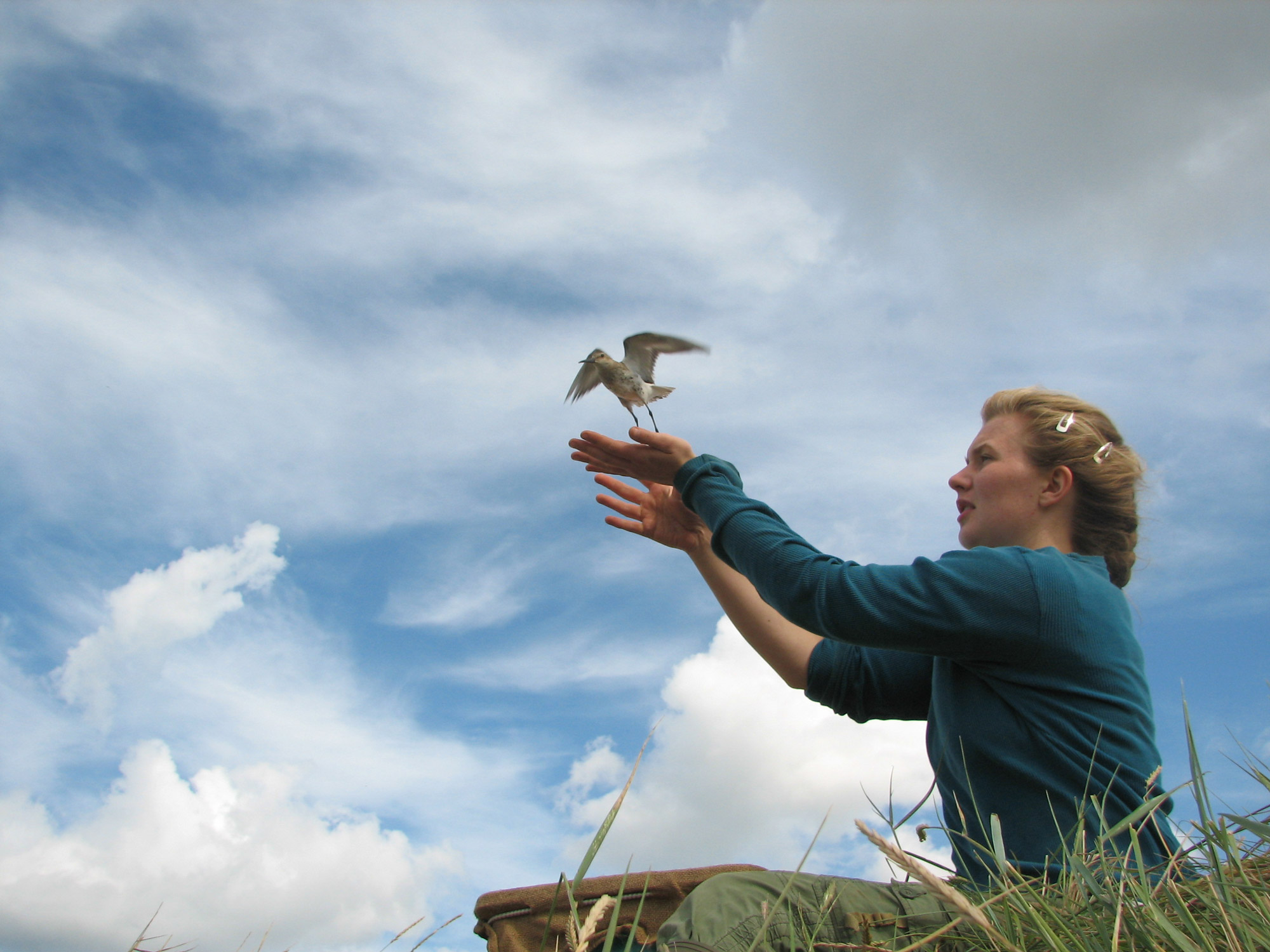
Science and our new strategy: why BTO is (and always has been) about more than counting birds
Be the first to commentJames is a member of the Senior Leadership Team at BTO. He is responsible for providing strategic leadership of the organisation’s science.
Relates to projects
Now is an exciting time to be at BTO. At the start of July, we celebrated our 90th birthday with members and supporters, including some of our longest-serving volunteers. It is always a pleasure and a privilege to meet those who have been helping us monitor bird populations through decades of surveying, ringing, and nest recording.
Our 90th year has also seen the launch of an exciting new strategy for 2023–30. Our strategy focuses on maximising the impact of our science for birds, and growing the number and diversity of our supporters who will contribute to our science over the rest of this decade and beyond.
At the birthday celebration, I gave a talk which I subtitled ‘What is the point of the BTO?’ At the time of the twin global biodiversity and climate crises, what impact can a bird-focused NGO based in the UK really have? This is the question I want to consider in this blog, looking back at what we have already achieved, and looking forward to the impact we can have by 2030.
Looking back
The BTO monitoring schemes, many of which are supported through partnerships with JNCC, RSPB and other key environmental organisations, provide foundational information to support bird conservation in the UK. In combination, our schemes track changes in the abundance of around two-thirds of UK breeding bird species.
Our data contribute to official government statistics on the state of the environment, and underpin outputs such as The State of the UK’s Birds and the State of Nature Report. Ringing and nest monitoring data enable us to track changes in the survival and breeding success of more than 60 bird species, helping us to understand the causes of change.
For example, data gathered through the British and Irish Ringing Scheme showed us that crashes in England’s Lapwing population were mainly driven by low adult survival – the proportion of adults surviving each year. A run of cold winters reduced survival during the 1980s, and again in the winters of 2009/10 and 2010/11, decreasing the overall population size. The Nest Record Scheme then revealed a long-term decline in breeding success, which has meant the Lapwing population is not able to bounce back from the periods of low survival.
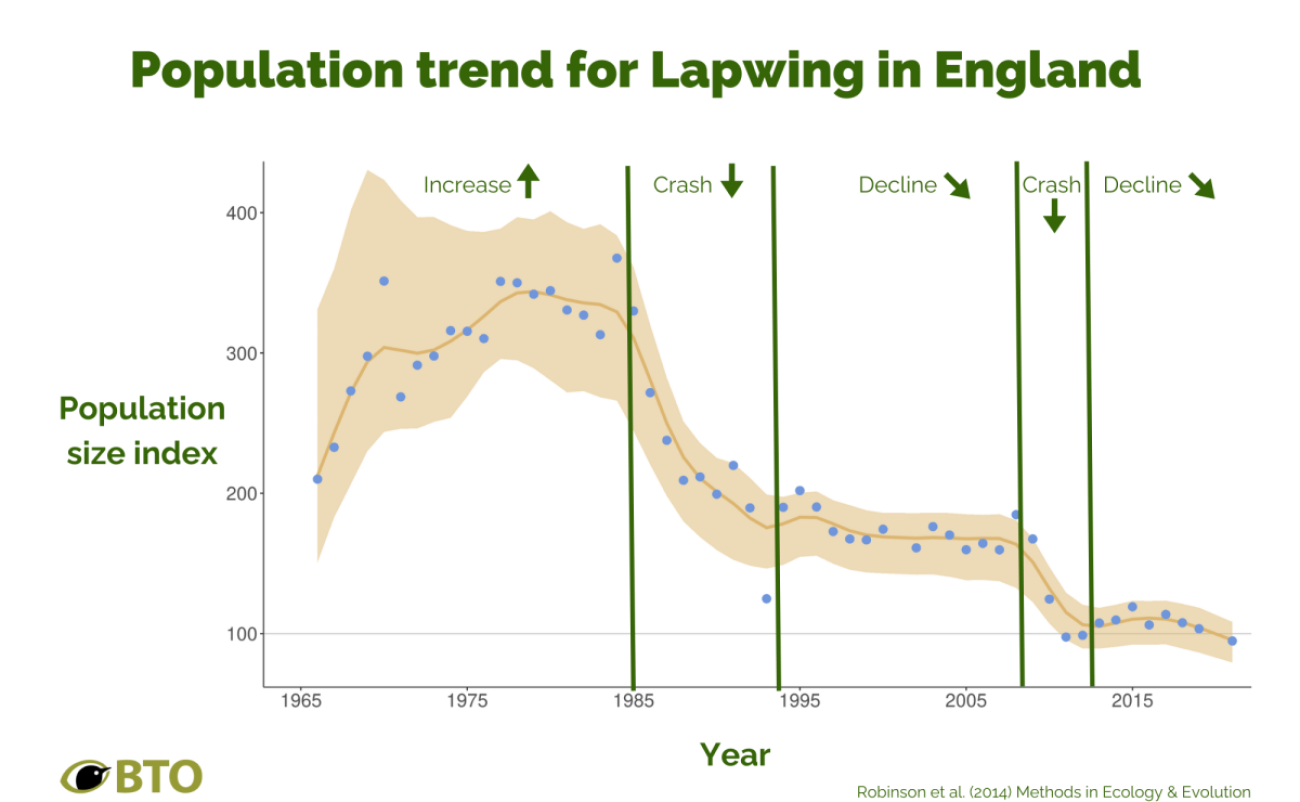
The value of counting birds
We are sometimes accused of simply monitoring species’ decline, focusing only on documenting the scale of biodiversity loss across the country. But these schemes also help us identify conservation solutions and track their effectiveness.
We are sometimes accused of simply monitoring species’ decline, focusing only on documenting the scale of biodiversity loss across the country. But these schemes also help us identify conservation solutions and track their effectiveness.
Our research into the declines of farmland bird species, identifying their causes and informing conservation solutions, is well known and continuing. We have documented the effects of climate change on biodiversity, and identified the species most vulnerable to future impacts, in order to inform conservation responses. And tracking of migratory birds such as the Cuckoo is helping to reveal the mysteries of migration to support the conservation of these declining species.
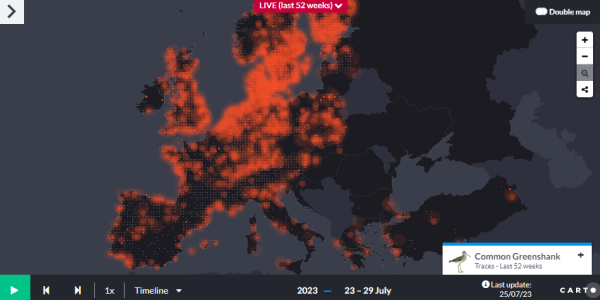
The value of our monitoring schemes extends further still. Ringing has long been used to track the movements of marked birds, greatly increasing our understanding of migration. The recently launched Eurasian African Bird Migration Atlas makes this information available to scientists, policy-makers and the public, summarising ringing data from schemes across Britain and Europe for over 300 bird species.
BirdTrack provides an easy way for birdwatchers to submit sightings of birds and other wildlife, from anywhere, throughout the year. This information has always been valuable, contributing to our ability to track the migration of birds across Europe as it occurs. Amidst the current outbreak of avian influenza, however, easy reporting of bird mortalities through our award-winning app has enabled us to track the impact of the virus in real-time, as cases emerge. We report this information to governmental Statutory Nature Conservation Bodies and conservation NGOs on a weekly basis.
Looking forward: our new strategy
We want to build on these foundations to significantly expand our impact, so that the hard work of our volunteers and staff, and the funding that we receive, do even more for birds and for people. As part of our new strategy, we have identified four areas where our science will make a real difference in global attempts to address biodiversity loss.
Charting change
Our long-term monitoring and demographic schemes remain foundational to UK bird conservation. In an increasingly devolved world, we want our data to highlight environmental change and track responses to policy interventions equally well across all nations of the UK.
We also want to improve coverage across different habitats, to make sure data collected through the schemes are representative of the UK’s diverse environments. Whilst continuing to grow our existing schemes, this will also provide opportunities to help us collect data from new places, like our Upland Rovers scheme (part of the BTO/JNCC/RSPB Breeding Bird Survey) or in new ways, such as for the BTO Acoustic Pipeline.


Delivering data
We need the data from our schemes to work harder to have maximum impact. This year, we made the information and trend data that these schemes produce more engaging and accessible through a relaunched BirdFacts, and the new Birds on your Doorstep data explorer – check them out if you haven’t seen them!
Building on this, we will continue to provide more local information about birds in your area. We are also keen to support landowners and conservation organisations who use our data, helping them identify the most important places for birds and to monitor the success of conservation on a landscape scale. Similarly, we will expand our Data Reports to make the best information available for Ecological Impact Assessments.
We’re also working in partnership with more organisations, to share our data, knowledge and expertise as widely as we can. For example, we recently joined Wildlife and Countryside Link, the largest environment and wildlife coalition in England.

Seeking solutions
We will continue to undertake cutting-edge research to develop and test conservation solutions, and to monitor their effectiveness.
Our recent high-impact work on protected sites shows the potential for our large-scale and long-term data to do this. In the context of the climate crisis, our research on offshore renewables is identifying the risks of wind farm development to birds, developing mitigation solutions, and reducing the conflict between renewable energy production and bird conservation.
Similarly, by working closely with NatureScot, Natural England and the forestry industry, BTO has developed maps which identify areas of the UK with the highest concentrations of breeding waders. These will inform plans for large-scale tree planting – part of this country’s progress towards its Net Zero climate goals – to ensure they do not conflict with the conservation of threatened and declining species such as Curlew.

Framing futures
Avian influenza research will be a key area of work over the next few years, as we identify the species and populations that have been most impacted by the outbreak.
We know that the world is changing rapidly. This means we need to be able to identify and tackle threats to birds as they emerge.
The most current of these threats is avian influenza. BTO has been working hard with partners to track the impacts of this virus and inform responses to the outbreak. This will be a key area of work over the next few years as we identify the species and populations that have been most impacted by the outbreak, providing data to inform their conservation, and for future risk assessments.
We will also continue to track and report on the impacts of climate change on birds. Increasingly, we will inform climate change adaptation to support species’ conservation in a changing climate, and to track the success of those interventions.
What next?
I hope I have provided a snapshot of the importance of our work and shown that there is indeed a point to BTO!
If you are one of our supporters and volunteers, thank you. I hope this blog has helped you see the difference your contribution has made, and that you are enthused as I am to continue to support BTO and help us have even more impact for birds and for people.
If you do not currently support BTO, please consider doing so either financially or through our surveys. And if you are a professional and would like to work with us to help us achieve these goals, then please do also get in touch.
Our work depends on people like you
Each year we need to raise thousands of pounds to fund our research and provide crucial evidence for the conservation of bird species and habitats.
Support our science with a donation.
DonateOur research would not be possible without our extraordinary volunteers, who gave 2,029,493 hours to BTO work in 2021.
Join our community and support our research through our volunteer projects, from as little as 15 minutes a week.
Volunteer


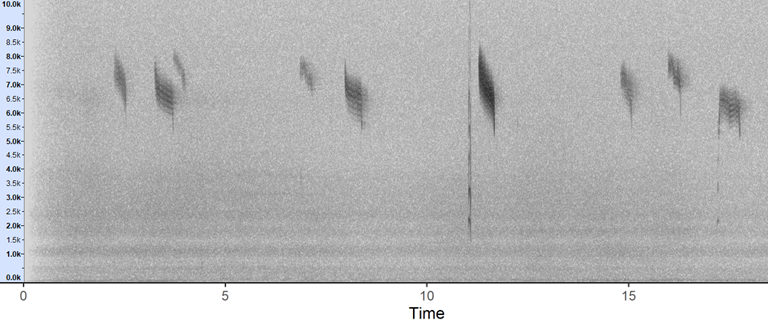
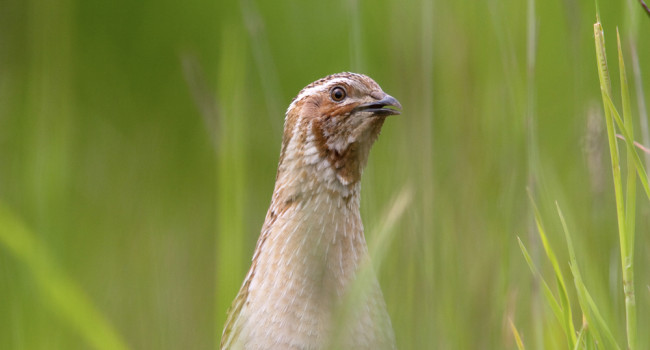
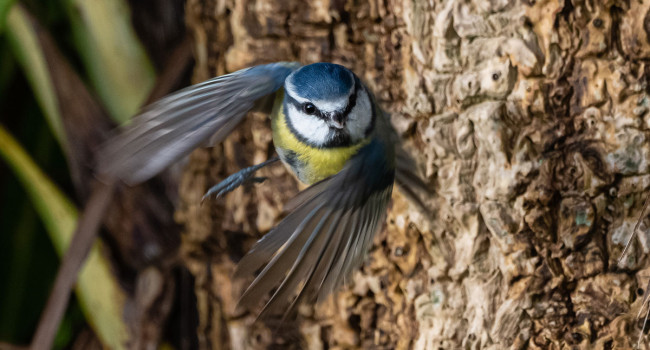


Share this page